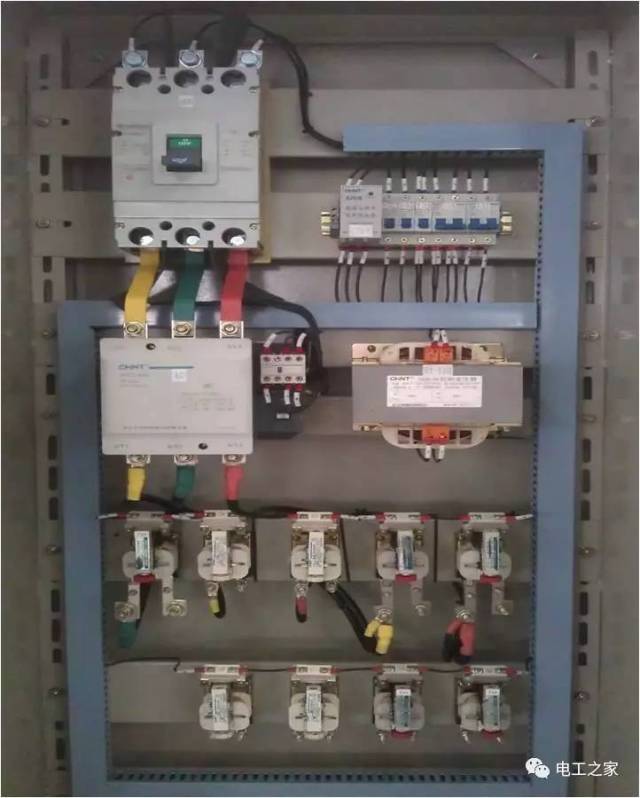Enhancing Electrical Cabinet Design with Hinges and Press Latches: A Seamless Integration
In the realm of electrical cabinet design, efficiency, functionality, and safety are paramount. One overlooked yet crucial aspect that often makes a significant difference is the integration of hinges and press latches. These seemingly simple components play a pivotal role in ensuring ease of access, secure closures, and durability.
Hinges, the silent warriors of cabinet doors, provide the mechanical link between the cabinet frame and the door. Well-designed hinges can ensure smooth operation, minimize wear and tear, and prevent accidental openings during use or in extreme conditions. The choice of hinge material, whether stainless steel or plastic, depends on the cabinet’s environment and expected longevity. Moreover, self-aligning and adjustable hinges offer a daptability to accommodate variations in manufacturing tolerances.
daptability to accommodate variations in manufacturing tolerances.
Press latches, on the other hand, bring convenience and security to the design. They eliminate the need for knobs or handles, reducing potential points of failure and simplifying the overall aesthetics. Magnetic press latches, in particular, provide a quiet and forceful closure, ensuring the cabinet remains securely closed even in high vibration environments. Additionally, these latches are ideal for cabinets requiring frequent opening and closing, such as those found in data centers or industrial settings.
The integration of these elements should be seamless, considering factors like load-bearing capacity, alignment, and ergonomics. Properly integrated hinges and latches not only improve the user experience but also contribute to the cabinet’s integrity and reliability. Regular maintenance and inspection are essential to maintain their optimal performance.
In conclusion, the incorporation of hinges and press latches into electrical cabinet design is a step towards creating a well-functioning, safe, and efficient system. It is a testament to the importance of every detail in engineering, where even the smallest components can significantly impact the overall performance and user satisfaction. As technology continues to evolve, so must our approach to cabinet design, integrating smart solutions like these for a smarter tomorrow.